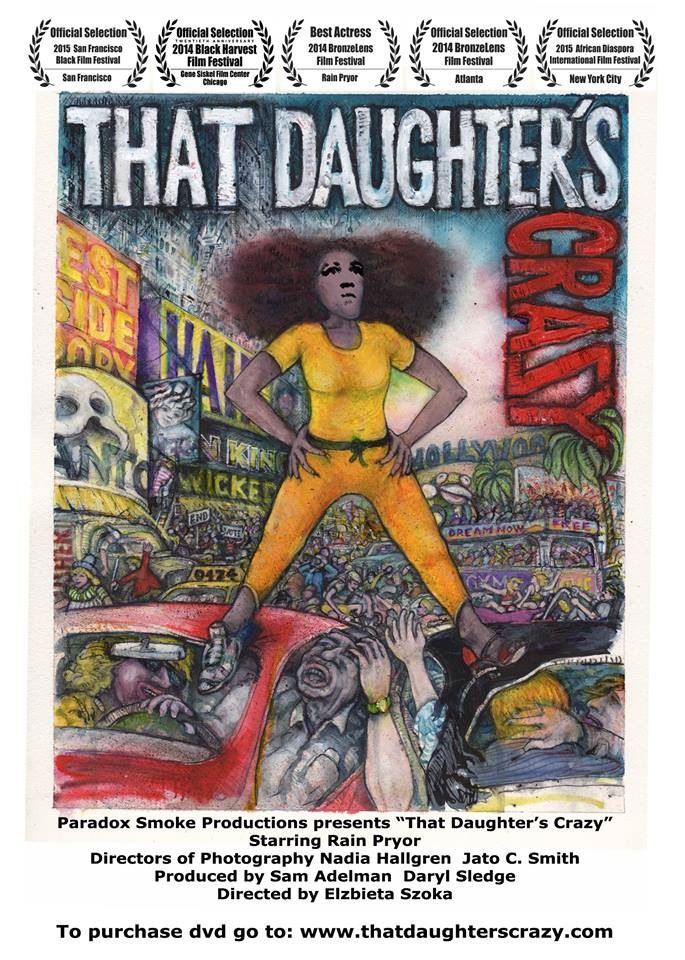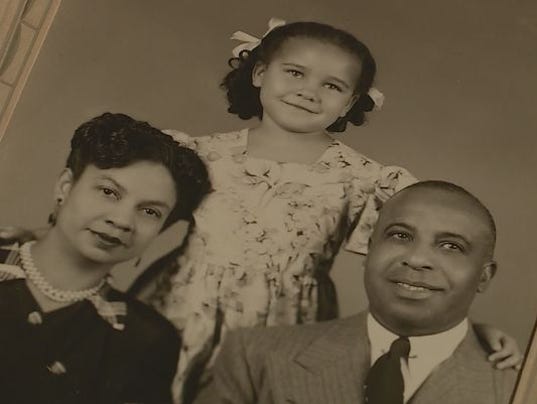Press Release for That Daughter’s CrazyPosted in Articles, Arts, Autobiography, Media Archive, United States, Videos on 2015-08-12 23:54Z by Steven |
Press Release for That Daughter’s Crazy
Paradox Smoke Productions
2014
Some apples don’t fall far from the tree. Paradox Smoke Productions is proud to announce the launch of their new documentary, That Daughter’s Crazy, starring Rain Pryor. That Daughter’s Crazy is directed by Elzbieta Szoka, and produced by Sam Adelman and Daryl Sledge, and will be ready for film festivals in early 2014.
Carrying on a career as an actor/singer/comedian, beyond the shadow of her legendary father, Rain Pryor is an original, bold, and energetic voice, who brings us influences of her upbringing with a deep love and respect for her father. Her quest for individuality is exemplified in her award-winning one-woman show, Fried Chicken and Latkes, which dramatizes growing up in Beverly Hills in a bi-racial, half Jewish/half black household.
The film features footage, photos, press clippings of Rain’s life and career, as well as various interviews. A social commentary, the film explores themes of diversity, relationships between parents and children and a profound perspective of one entertainer’s journey.
Paradox Smoke Productions is devoted to developing unique and provocative stories; a fusion of narrative of films, documentaries, and theater pieces. Other credits include the Academy Award nominated short documentary film, Salim Baba, as well as Screen Door Jesus, Welcome to Academia and Beautiful People.
“What attracted me to our project at first was an electrifying performance of Rain Pryor in her highly acclaimed one woman show. As an “intellectual/artistic globetrotter” from what is still called “Eastern Europe,” I was curious what hid beneath her evocative title. The religious and performance ritual at its best! Axé, Rain! Shalom, my brother,” said Elzbieta Szoka, Director.
All media inquiries in reference to That Daughter’s Crazy, please contact Sam Adelman, tel: 212.600.5920 or email: sam@paradoxsmoke.com.

